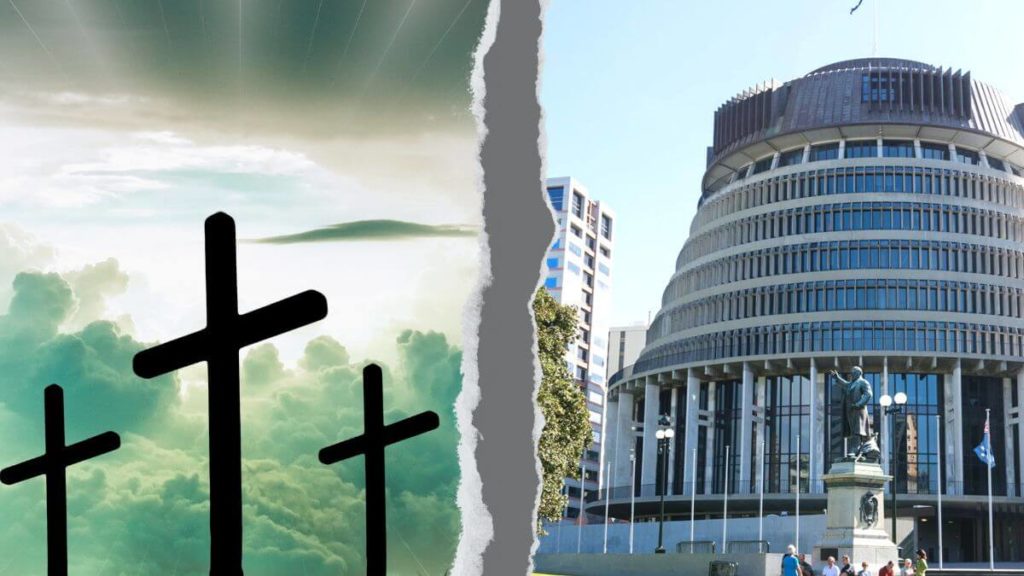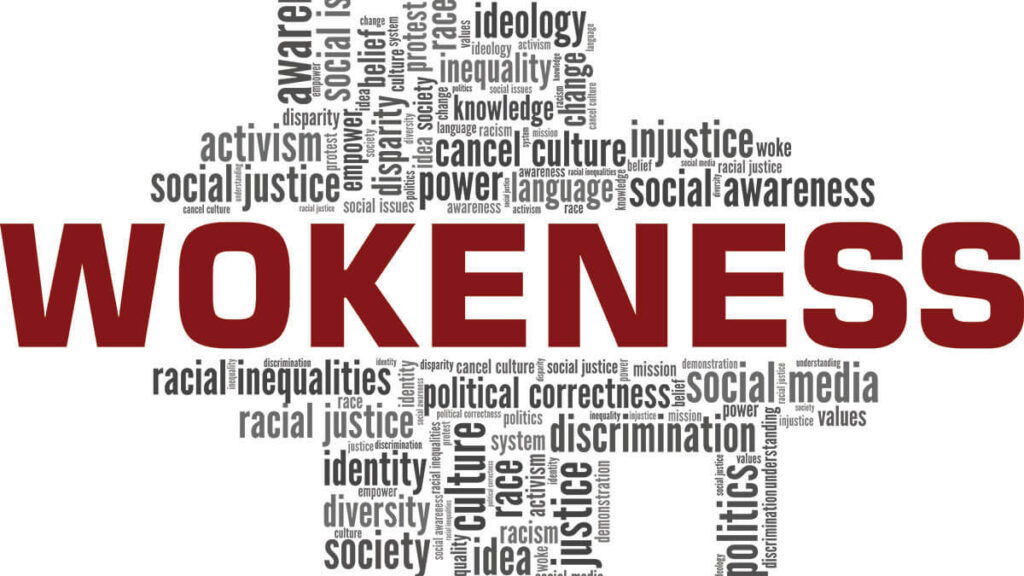Unwanted government intervention
How important is religious liberty in New Zealand? As we’ve been sharing, The Ministry of Education is threatening to ‘intervene’ into the beliefs of Bethlehem College. The Ministry is demanding the school remove reference to traditional biblical marriage from their Statement Of Belief, in order to appease transgender activists. The Prime Minister has even entered into the debate, pressurising the school to stop teaching and affirming biological sex that is consistent with biblical doctrine.
The Government appears to be over-reaching, and interfering with religious freedoms.
Many will read this news story and immediately reach for the commonly held principle of ‘separation of church and state’. But what does that really mean? It’s not something written into New Zealand law, the phrase comes from America, but it’s an expression used in New Zealand and the world over.
So let’s first look into the origin and meaning of the phrase, which is commonly misunderstood, misquoted, and misused. You will hopefully understand, from reading this article, that the concept of ‘separation of church and state’ was almost exclusively designed to prevent Government intervention into religion – to protect ‘religious liberty’.

Popular myth or enshrined in law?
Despite popular myth, ‘separation of church and state’ is not in the U.S. Constitution, rather it’s derived from words in a letter written by President Thomas Jefferson in 1802. In his letter, Jefferson uses the words “building a wall of separation between church and state”. Jefferson penned these words in his conviction that Government should not interfere with religious belief and expression.
Note – The protection of freedoms and church rights dates back much further, being set forth in the 1215 Magna Carta. The Magna Carta also limited the power of authoritarian rule. Clause 1 of the Magna Carta includes these words: “In the first place we have conceded to God, and by this our present charter confirmed for us and our heirs for ever that the English church shall be free, and shall have her rights entire, and her liberties inviolate; and we wish that it be thus observed.” The United States included many principles set out in the Magna Carta in the 1791 U.S. Bill of Rights (the first ten amendments to the U.S. Constitution).
Thomas Jefferson had previously authored the 1786 Virginia Statute for Religious Freedom, an act which later helped establish The Constitution’s First Amendment. The most relevant passage from that 1786 Virginia statute reads: “that all men shall be free to profess, and by argument to maintain, their opinion in matters of religion, and that the same shall in no wise diminish, enlarge, or affect their civil capacities.”
Religious freedom was eventually written into the First Amendment with these exact words: “that Congress make no law respecting an establishment of religion or prohibiting its free exercise”. The intention was to guarantee ‘religious liberty’ i.e. freedom to worship and practice one’s faith, freedom from state meddling, and freedom from the government establishing a ‘national’ religion (decreeing a national religion was common practice in Europe at that time. UK and Italy are among nations which today, still have an official, national religion).
But as always, things get misinterpreted and misused along the way.
The modern usage of ‘separation of church and state’ is often an attempt to remove the influence of religion in politics and society, but this is completely incorrect and misleading. As we can see, the original intention was almost entirely to prevent Government interference into religion, but at the same time, not to affect the civil capacities of those professing their religion. Religion was viewed as a foundational support to governance.
In his 1796 farewell address, George Washington says:
“Of all the dispositions and habits, which lead to political prosperity, Religion and Morality are indispensable supports”.
Closer to home, The Australian Constitution declares, among other things, that the Commonwealth shall not make any law prohibiting the free exercise of any religion.
So in both the United States and Australia, the main intention is to restrict Government intervention into the beliefs of its people (whether by curbing beliefs, mandating beliefs, or by establishing a ‘national’ religion). People should be free to believe, or not believe.
In the United Kingdom it’s the same, albeit a little more complex as the UK has two established ‘national’ churches, the Anglican Church of England and the Presbyterian Church of Scotland. In this context, “established” refers to having a formal relationship. As previously mentioned, the Magna Carta states that: “the English church shall be free, and shall have her rights entire, and her liberties inviolate.”
So while it’s apparent that ‘separation of church and state’ is not explicitly stated in any laws, its intention is ensconced within laws. And that intention is to prevent Government intervention. So with this in mind, we shouldn’t search laws and treaties for the exact phrase ‘separation of church and state’. Instead we can agree its concept underpins many laws, in the form of ‘religious freedom and liberty’.
New Zealand’s Laws and Treaties
So how do New Zealand’s laws incorporate religious freedom and liberty?
When discussing freedom of religion, our most notable reference would be the New Zealand Bill of Rights Act 1990. Its purpose: to affirm, protect, and promote human rights and fundamental freedoms in New Zealand.
In particular, the Act would appear to strongly affirm and protect religious freedom in sections 13-15:
- 13 Freedom of thought, conscience, and religion
- 14 Freedom of expression
- 15 Manifestation of religion and belief

The Treaty of Waitangi should also be referenced when discussing religious freedom in New Zealand. To explain, we will reference the Human Rights Commission’s statement on religious diversity (first issued in May 2007, then rewritten in 2018 to reaffirm the importance of religious diversity). The HRC’s statement references the Treaty of Waitangi, as well as acknowledging Christianity’s “formative role in the development of New Zealand”.
At the signing of the Treaty of Waitangi in 1840, Governor Hobson affirmed, in response to a question from Catholic Bishop Pompallier, “the several faiths (beliefs) of England, of the Wesleyans, of Rome, and also Maori custom shall alike be protected”. This foundation creates the opportunity to reaffirm an acknowledgement of the diversity of beliefs in New Zealand.
Christianity has played and continues to play a formative role in the development of New Zealand in terms of the nation’s identity, culture, beliefs, institutions and values.
The Human Rights Act, as well as other material published by the Human Rights Commission, should also be studied.
Link to HRC website here.
Religious freedom and liberty, not Government mandates
So in summary, the concept of ‘separation of church and state’ was almost exclusively designed to prevent Government intervention into religion. Its concept underpins many laws, in the form of ‘religious freedom and liberty’. The Government therefore should not be meddling, instead leaving religious organisations (including schools) to retain and express their beliefs. The Government should be protecting Bethlehem College’s freedom of beliefs, rather than attempting to dictate ‘state approved’ beliefs.




